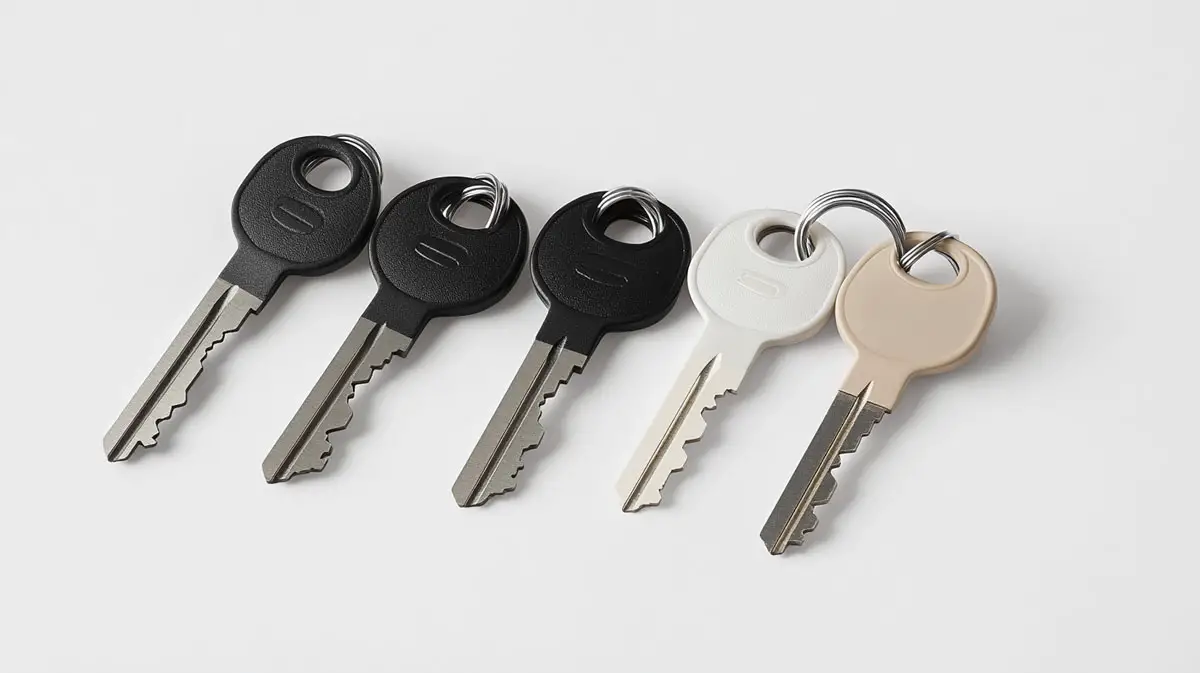DIY Lock Maintenance Tips From A Locksmith

Locks and security are often overlooked but are an essential part of your home’s security. However, locks are kind of a big deal, they protect your family and your possessions. However, like any mechanical device, they do require regular maintenance to make sure they function smoothly and last for the expected lifespan. By following these DIY lock maintenance tips, provided by 1st Defence Locksmiths Leeds, you can avoid any unnecessary costs of locksmith visits and keep your locks in perfect working order.
Clean Your Locks Regularly
Dirt, dust, and grime can accumulate in locks over time, causing them to become stiff or eventually jam. Regular cleaning can help to maintain smooth operation. Here’s how you can clean your locks yourself.
Exterior Cleaning: Use a damp cloth or cleaning wipe on the surface of the lock and remove any dirt or debris.
Interior Cleaning: Spray a lock specific cleaner or a mixture of compressed air into the keyhole to remove debris. Avoid using oil-based products as these can attract more dirt.
Lubricate Your Locks
Locks can become difficult to operate if they aren’t lubricated from time to time. Proper lubrication ensures that the internal parts can move nice and freely. Use a graphite-based lubricant for cylinder type locks, commonly found on upvc and composite doors. For wooden door mortice locks and upvc and composite multi point locks use a silicone-based spray.
Steps to lubricate your lock:
Insert the lubricant nozzle into the keyhole and spray a small amount. Insert your key in and out a few times and turn it several times to distribute the lubricant evenly. Wipe off any excess lubricant from the key and lock surface.
Inspect for Wear and Tear
Locks are exposed to regular use and weather conditions, which can cause general wear and tear. From time to time, inspect your locks for signs of damage, such as:
• Loose screws or hardware
• Corrosion or rust on the lock body
• Difficulty in turning the key
If you notice any of these problems, address them quickly before they become a bigger issue. Tighten any loose screws, replace corroded parts, or contact a professional locksmith if necessary.
Check Your Keys
A damaged or worn key can affect the operation of a lock drastically. Examine your keys for signs of bending, hairline cracks, or excessive wear on the prongs of the key. If your key appears damaged in any way, replace it to avoid breaking it off inside the lock. If your key does eventually break in the lock, its highly likely you will need to call a locksmith to fix it.
Tip: Always keep a spare key handy, ideally leave a spare with a friend or family member. This way if your key fails to operate the lock, you can collect the spare and save on the call out charge of a locksmith.
Protect Your Locks from Weather
Extreme weather conditions, such as heavy rain or will cause locks fitted outdoors to rust. The most commonly effected are padlocks and gate locks. Some things to consider are:
• Installing weather resistant locks for outdoor use.
• Applying a weatherproof cover over exposed locks.
• Using a silicone-based lubricant to prevent freezing in cold weather.
Avoid Forcing the Lock
If a lock doesn’t operate smoothly, don’t force it! This can damage the intricate internal parts. Instead, try the following:
• Remove the key and ensure it’s clean and straight.
• Apply a small amount of lubricant to the key and reinsert it.
If the problem continues, have the lock and key inspected by a locksmith.
Replace Locks When Necessary
Replacing your locks is a good idea in certain situations, such as:
• Moving into a new home
• Losing your keys
• Experiencing a break-in attempt
• Keys have been stolen
• Lubrication does not free up a faulty lock
Test Your Locks Regularly
Routine testing can help identify issues before they become a major problem. Open and close all your locks at least once a month to ensure they’re functioning as they should. Pay attention to any unusual resistance or noises, as these could point to internal wear or damage.
Keep Your Locks Aligned
A misaligned lock can cause unnecessary strain on the mechanism. Ensure that:
• The door or window closes flush with the frame.
• The strike plate on the doorframe is properly aligned with the lock.
• Screws and hinges are tight and secure.
• No stiffness when trying to lock or unlock
If your lock is constantly in need of adjustments, it may be time to consult a professional locksmith to get to the bottom of the problem.
Know When to Call a Professional
While these DIY tips can address many common issues, sometimes calling a locksmith is the only way to fix the issue. If your lock is continuously difficult to operate or shows signs of major wear and tear, don’t hesitate to contact a trusted locksmith.
Taking care of your locks and home security doesn’t have to be overly complicated. With regular cleaning, lubrication, and inspections, you can prolong the life of your locks and keep them working correctly. By following these DIY maintenance tips and knowing when to ask a professional for help, you’ll ensure your home remains secure for years to come.










